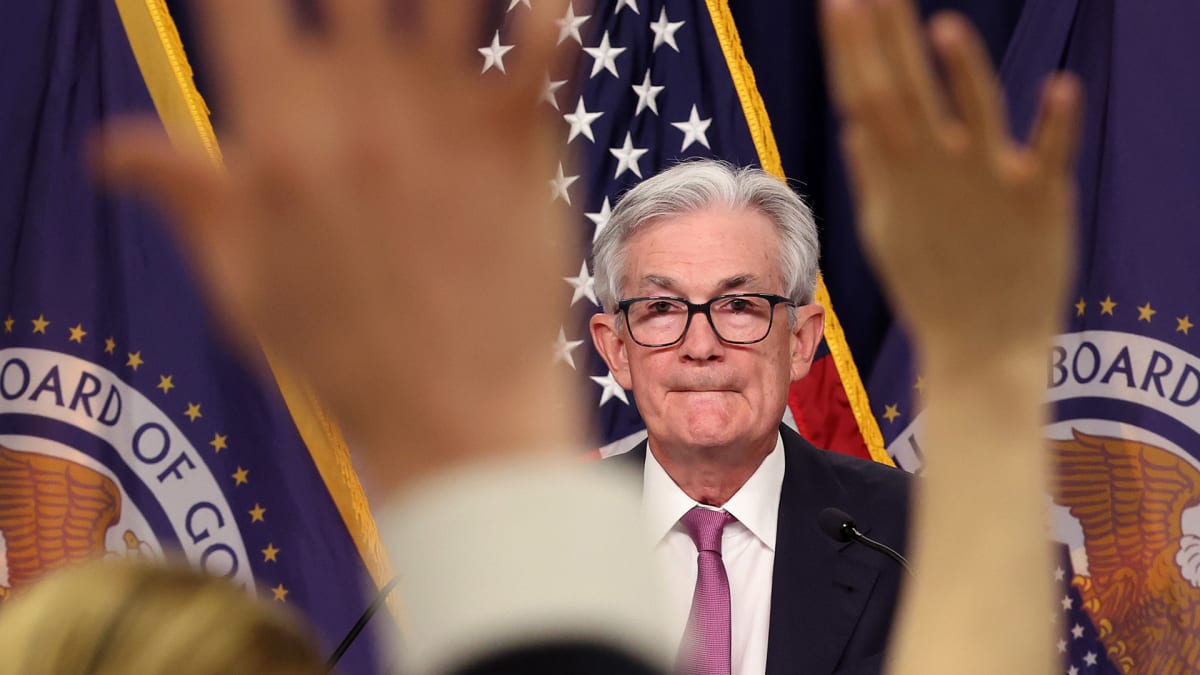
Before the 2008 financial crisis, the U.S. led the world in economic growth. It accounted for over 1/3 of total global consumption growth. In mid-2007, U.S. household wealth hit a peak of $61.4 trillion. The average home value appreciated 124% between 1997-2006.
Overinflated confidence, consumption, and value went largely unchecked. Growth became the status quo. Though few regulators and investors noticed as it was happening, those who study history look back and see the early 2000s as a classic economic bubble, made worse by shoddy loans and deregulated banking.
DON'T MISS: Jamie Dimon Calls 911 on Short Sellers
The real pain, of course, was felt after the initial collapse. U.S. household wealth fell $11 trillion in 2009 and unemployment peaked at 11% in October of that same year. Shockwaves affected minorities disproportionately and radiated around the world.
Greece spiraled into an insurmountable deficit between 2009-11. In 2015, the ACLU found that white homeowners recovered quicker than their black counterparts following the housing crisis, further widening the wealth and opportunity gap.
Which brings us to our second economic crisis in the post covid world.
Bankruptcies Are Up Big
The most recent S&P data show 2023 corporate bankruptcies rising at an alarming clip. Data show 236 bankruptcies were recorded through the end of April 2023 (109 had been recorded over the same time period last year). UBS also found in a recent study that bankruptcies worth $10 million or more had a rolling average of about 8 per week.
Researcher and economist Peter St Onge boiled the situation down in a video, blaming the problem on one key facet.
"Simple. Banks aren't lending," St Onge said.
"Banks are battening down the hatches, hogging their bailout money instead of lending it out," he continued, adding small business surveys reveal the biggest deterioration in lending since the 2008 crisis.
"That credit crunch means not only do we get bankruptcies like in any recession, on top of that we get a lending wall that cuts off even the healthy businesses. Of course their jobs go down with them."
"Major banks are now setting aside loss reserves," he added. "So Citi double theirs, Morgan Stanley quadrupled the money they set aside to cover failed loans."
But We Aren't Even in a Recession
It's worth noting, as St Onge points out, that the U.S. isn't technically in a recession.
A recession is defined as two consecutive quarters of declining GDP growth. We had this in the first half of 2022, but Q1 of 2023 grew at an annual rate of 1.1%, breaking the trend.
"Keep in mind all of this is before the recession officially begins," St Onge says of the corporate crunch. "We are still seeing the consumer floating the gig on credit card debt."
Some experts and researchers believe that the Fed's past easy money policy, coupled with the failing of multiple banks and extreme hesitancy by those that remain, may set up the average American consumer for a "combination credit crunch plus recession."
Yet other officials say a soft landing is still possible. Treasury Secretary Janet Yellen said on May 8 that she hopes "we will be on the good path to a so-called soft landing" despite the U.S. running up against its debt ceiling, potentially defaulting on its debt, regional bank pressure mounting, tightening lending conditions, and "some of the heat coming out of the labor market."
Yellen also mentioned a ban on short selling bank stocks, a move JP Morgan (JPM) CEO Jamie Dimon has also discussed in recent days.







